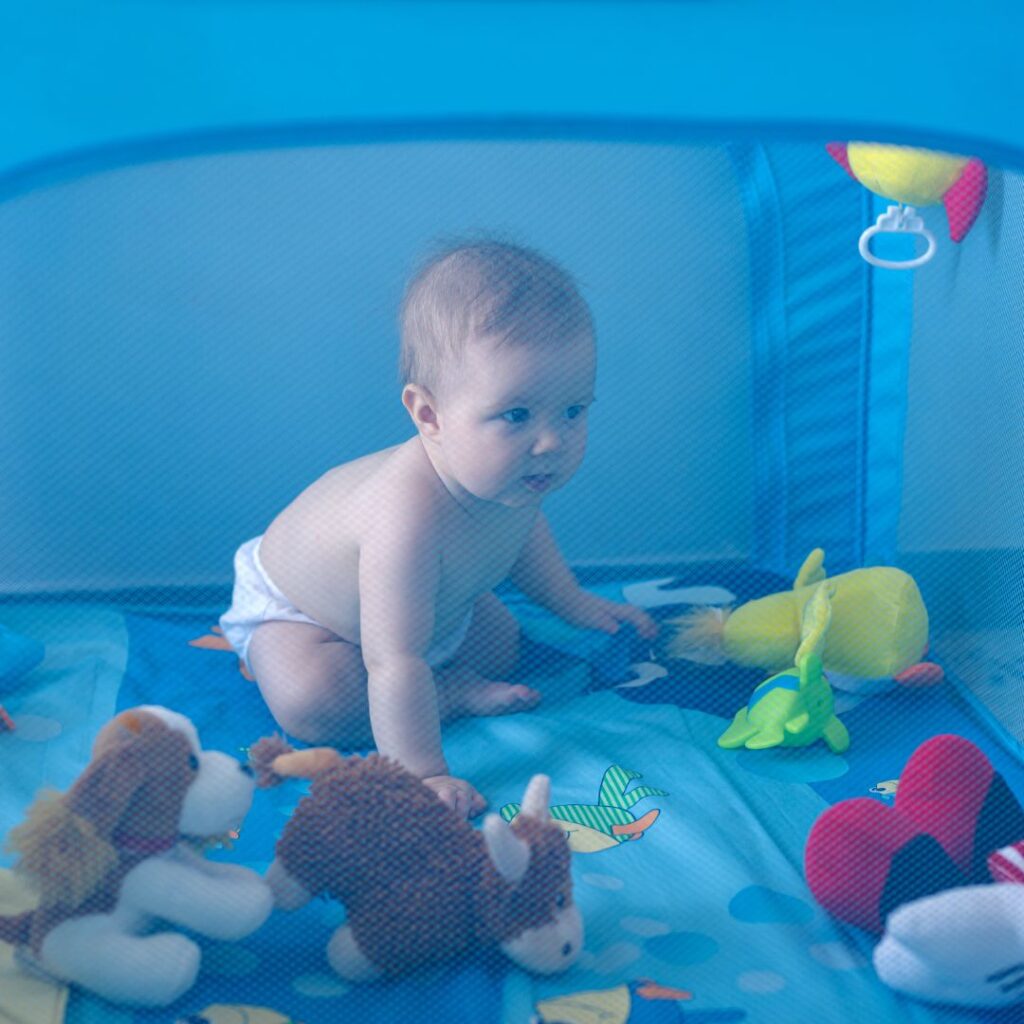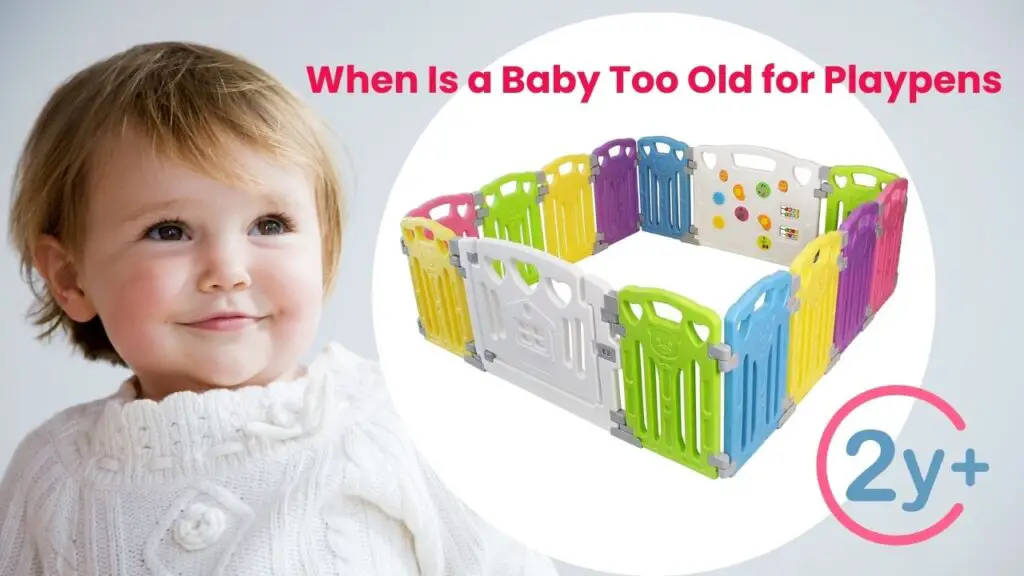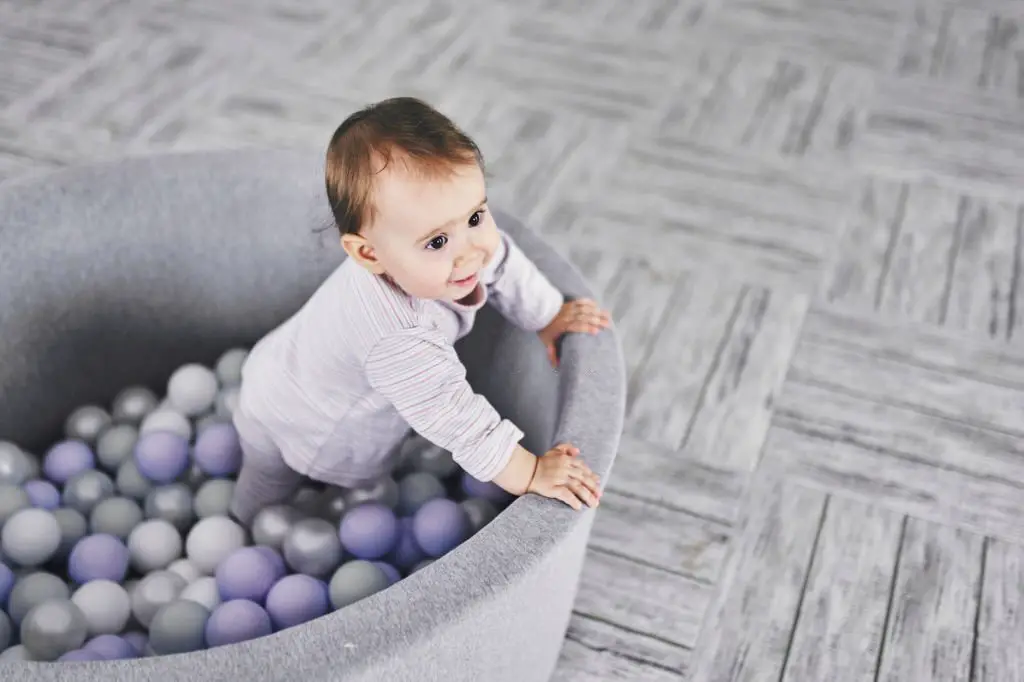Transitioning from Playpens: When Is Your Child Ready for Independence?
As parents, we cherish the moments spent watching our little ones play and explore. Playpens have been a trusted ally in providing a safe space for our babies to discover the world around them. But as our children grow, so do their needs for independence and exploration. In this comprehensive guide, “When Is a Baby Too Old for Playpens?” we’ll delve into the topic of transitioning from playpens and explore the signs that indicate when your child is ready for more freedom.
Understanding the Purpose of Playpens
Playpens, also known as playards or playpens, serve as secure environments for infants and toddlers to play, nap, and explore. They offer parents peace of mind, knowing their little ones are safe from potential hazards like sharp objects or electrical outlets. However, it’s essential to recognize that playpens are not intended to confine children indefinitely but rather to provide a safe space during the early stages of development.
Age-Appropriate Use
While playpens are suitable for infants and young toddlers, there comes a time when your child may outgrow the need for them. Most children begin to show signs of increased mobility and independence around the age of two or three. At this stage, they may express a desire for more freedom to roam and explore beyond the confines of the playpen.
Signs Your Child Might Be Ready to Transition
1. Increased Mobility: If your child has mastered walking or crawling and shows eagerness to explore beyond the playpen’s boundaries, it may be time to consider other options.
2. Restlessness: A child who becomes bored or frustrated when confined to the playpen may be indicating a readiness for change.
3. Independence: As children grow, they naturally seek more independence. If your child shows interest in playing in different areas of the house or engaging in activities without constant supervision, they may be ready to move on from the playpen.

Alternative Solutions
Transitioning away from a playpen doesn’t mean sacrificing safety or supervision. There are several alternative solutions to consider:
1. Childproofing: Take the time to childproof your home by securing cabinets, covering electrical outlets, and removing potential hazards.
2. Supervised Play Areas: Designate specific areas of your home as safe zones where your child can play under your watchful eye.
3. Toddler Beds: Transitioning to a toddler bed offers your child more freedom while still providing a safe sleep environment.
Conclusion:
In conclusion, recognizing when your child is ready to transition from a playpen is an important milestone in their development. While playpens serve as valuable tools during the early stages of childhood, they are not meant to be long-term solutions. By observing your child’s behavior and readiness for increased independence, you can ensure they continue to explore and learn in a safe and nurturing environment. Trust your instincts as a parent, tailor your approach to meet your child’s individual needs, and remember that every child is unique. Embrace this exciting phase of your child’s journey as they embark on the path to independence.
FAQs
Transitioning your child from a playpen typically occurs around the age of two to three years old. However, every child is unique, so it’s essential to observe your child’s readiness for increased mobility and independence.
Signs that your child may be ready to stop using a playpen include increased mobility, restlessness when confined, and a desire for more independence in exploring their environment.
Signs that your child has outgrown the playpen include attempts to climb out, expressing boredom or frustration when confined, and showing eagerness to explore beyond the playpen’s boundaries.
When your child no longer uses a playpen, ensure your home is childproofed, supervise your child during playtime, and teach them about potential hazards and safety rules.
Transitioning your child away from a playpen allows them to explore their environment more freely, develop gross motor skills, and foster independence and self-confidence.
Encourage independent play by providing age-appropriate toys and activities, creating a safe and stimulating play environment, and offering praise and encouragement for independent exploration.



